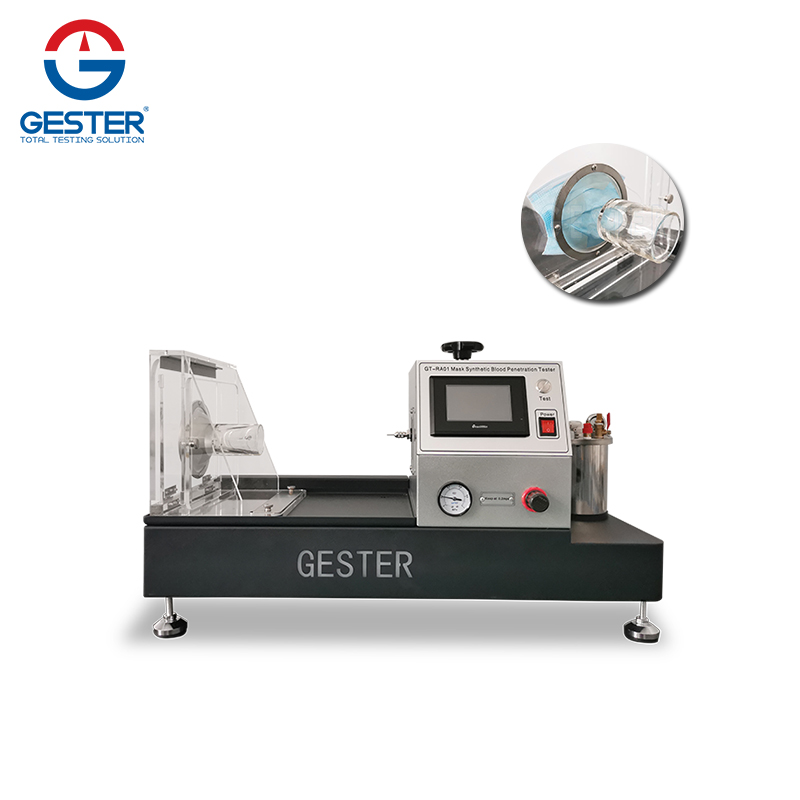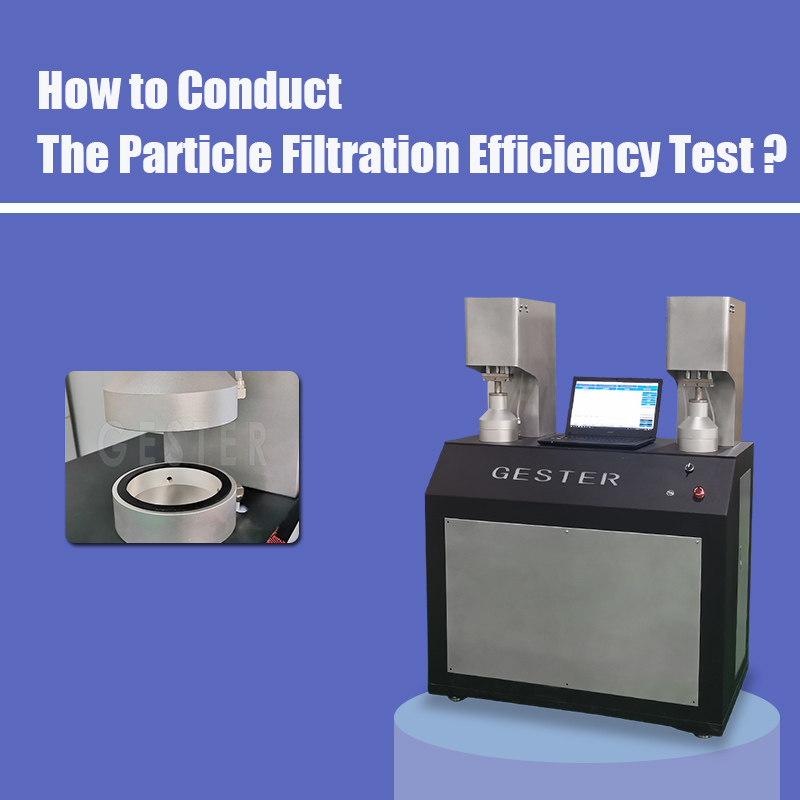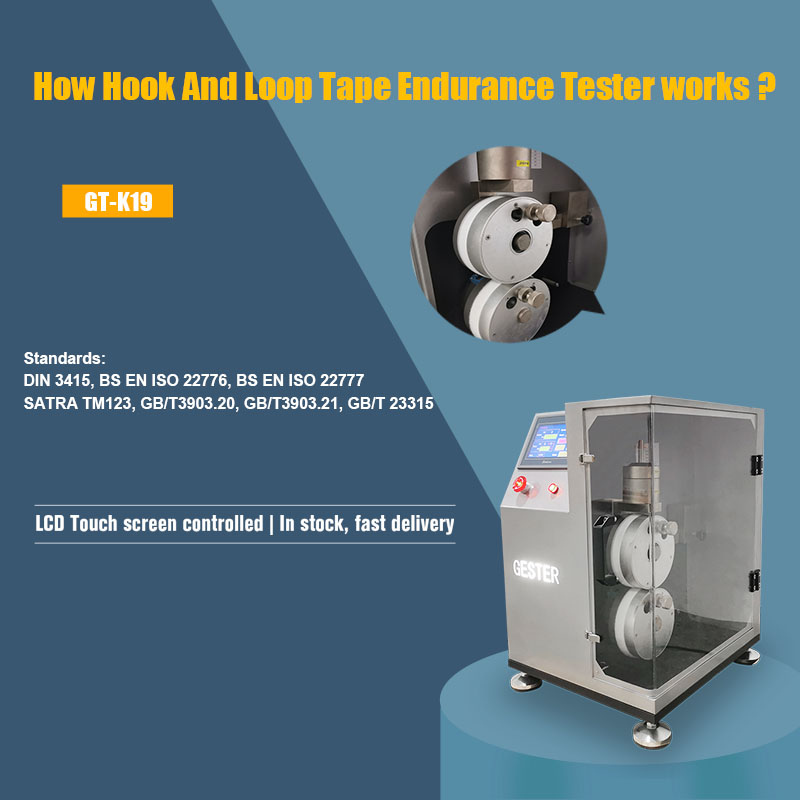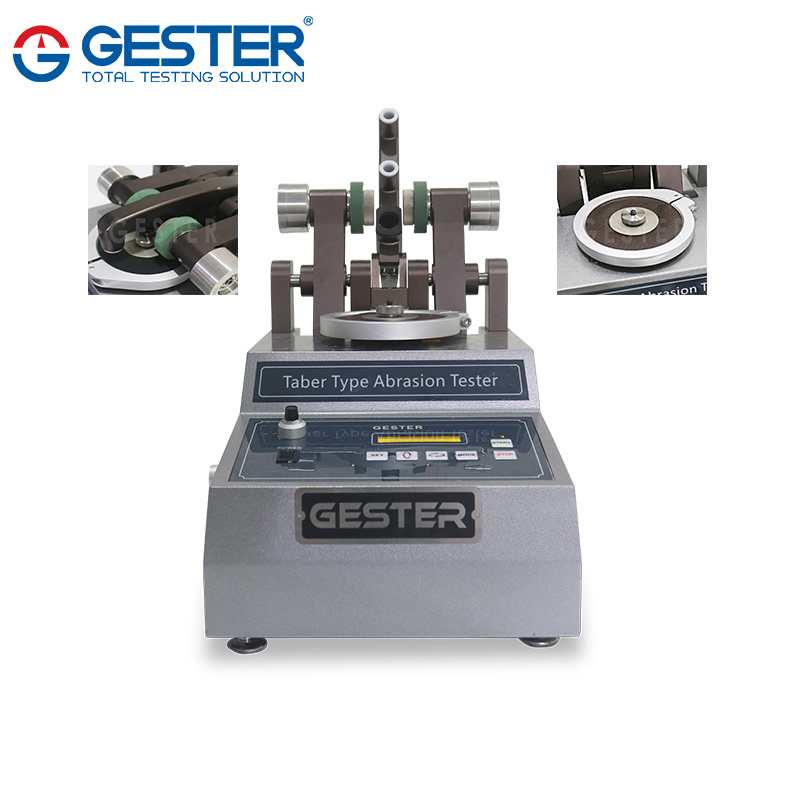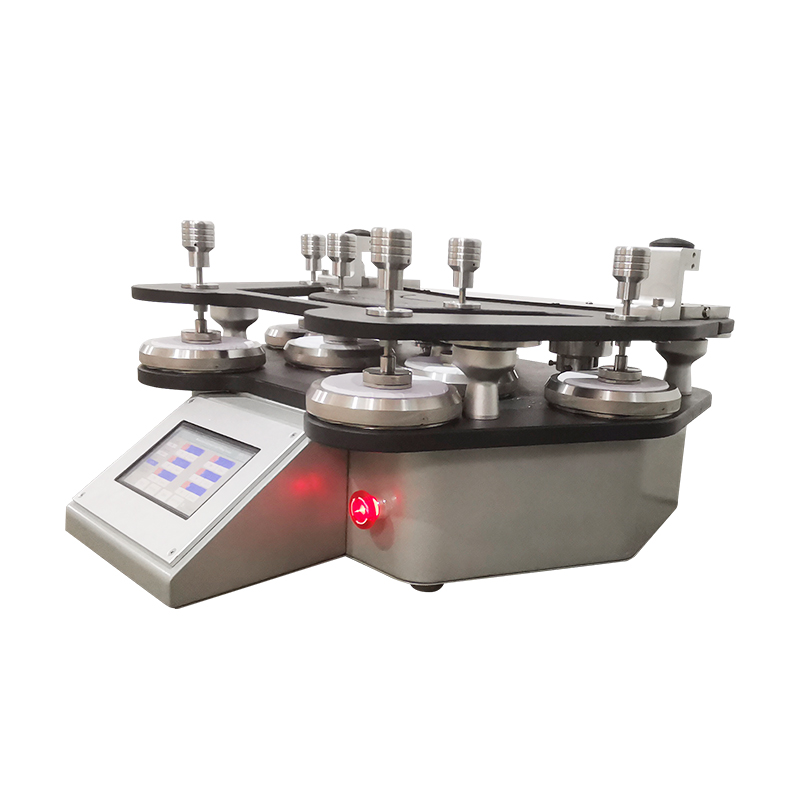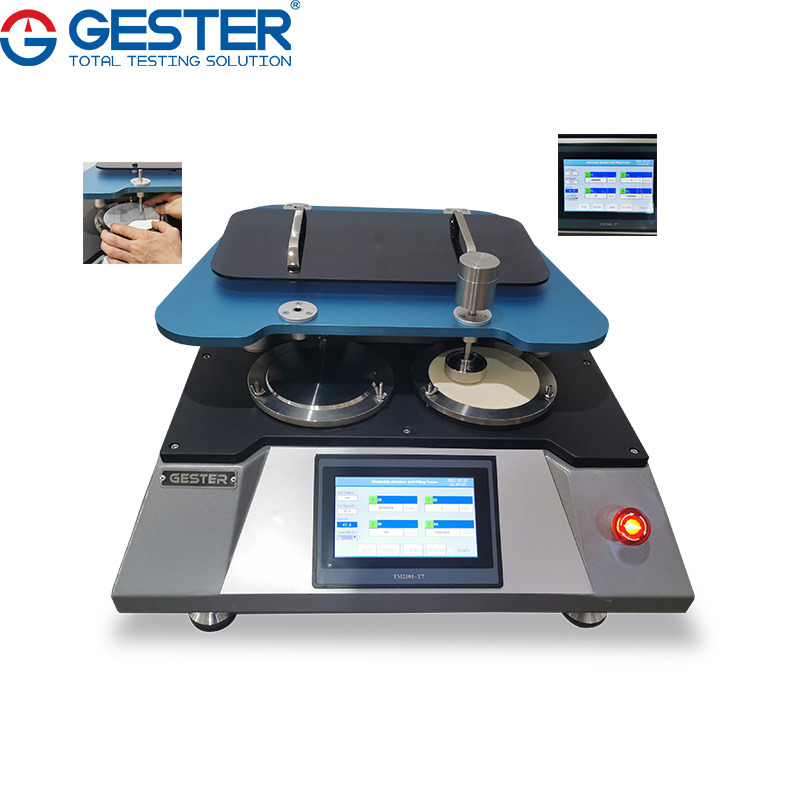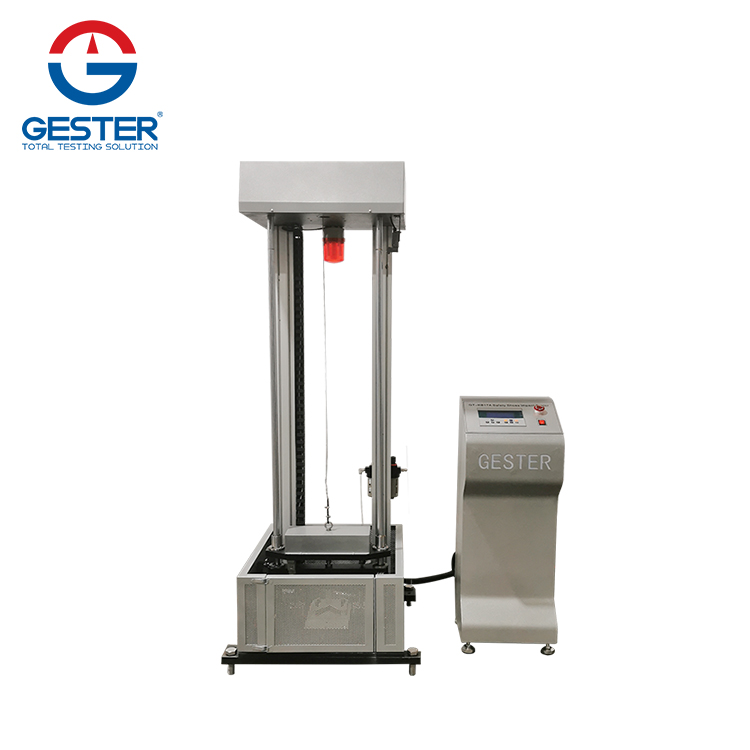Understanding Feature and Application for Taber Abrasion Resistance Test Machine
September 20, 2022
Abrasion resistance is defined as the ability of a material to withstand mechanical action such as rubbing, scraping, or erosion. It can improve the utilization efficiency of textiles and is an important indicator of the quality of textile products.One of astm taber abrasion detection methods: use Taber Abrasion Tester Taber abrasion resistance test machine to determine the wear resistance of materials and assess its wear resistance degree, like measuring its mass loss, thickness loss, and transmittance etc. Taber abrasion equipment Used to many materials, like suitcases, carpet, cardboard, clothing, glass, plastic coatins, metal coating, paint, varnishes, decorative sheets, high pressure sheets, plastics, textiles, flexible floor mats, traffic paint, tile, anodizing layer, blankets, electronic components, decorative plates, wax, label, leather, dental materials, automobile interior decoration, resin, furniture, etc. Taber Abrasion Machine Feature 1.Unique wear process. Place test sample on turntable and two abrasive wheel press on material to make material to wear. 2.Specimen turntable speed control options of both 60 rpm and 72 rpm. 3.Precision steel weights of 250 grams and 750 grams are furnished to provide standard wheel loads of 500 and 1000 grams. Weights are marked to show total load on each wheel. This marking includes the weight of the abrading arm (250 grams). 4.Equip with vacuum cleaner to clear abrasive dusts. 5.Can test with different wear medium and accessories. When friction is the predominant factor causing deterioration of your materials, abrasion and wear testing provides data to compare materials or coatings and can help you predict the lifetime of your product.
View More
